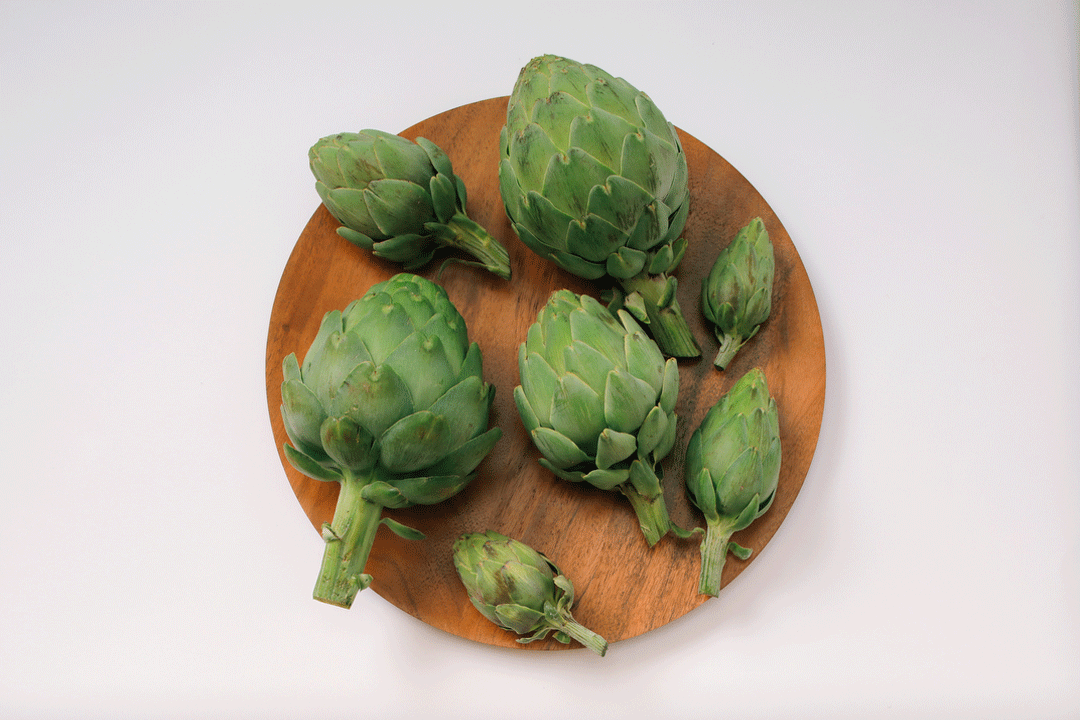ARTICHOKES : Green Giant
- Share via
Though there are literally hundreds of varieties of artichokes grown around the world (the minutes of a 1976 Italian congress of artichoke scientists examines 115 in detail), one variety, the Green Globe, accounts for 90% of California’s crop. It’s not found anywhere else in the world, and no one knows where it came from.
Because it was first grown by Italians in San Francisco, one school of thought is that it is a mixture of varieties grown from seeds the immigrants brought across. On the other hand, it bears a strong resemblance to a French variety from Brittany, the Gros Camus de Bretagne. And in very early references, it is described as the Large Green Paris. So who knows?
The only thing certain is that it’s basically the same artichoke that was supplied by Molera to his farmers more than 70 years ago.
“We’ve experimented with different varieties, but in this area we are limited to what we know,” says Silvio Bernardi. “We started trying different varieties 15 to 20 years ago, but it seemed like purple was the wrong color for people who are still trying to get used to eating an artichoke in the first place.”
Other artichoke varieties that have been experimented with include a violet-tinged artichoke from the Santa Barbara area, now called the Big Heart, and a desert choke called Desert Globe--but nothing has really paid off yet.
“A carrot is a carrot,” Bernardi says. “You look in the market and you’ll see all kinds, and people will buy them all. But an artichoke is also an artichoke and we’re still trying to get people to eat them.”
The biggest problem, says artichoke breeder Neil De Voss, is the consumer’s preference for only the very largest artichokes. These king-sized primary buds, about as big as a baby’s head, are the ones that claim the highest prices. The bulk of the rest of the crop is used for freezing or canning.
“We’ve tried growing all kinds of different artichokes, and some of them had some pretty positive characteristics, except for size,” says De Voss. “Unfortunately, what most people want to buy is an artichoke that is more a hood ornament than a vegetable.”
More to Read
Eat your way across L.A.
Get our weekly Tasting Notes newsletter for reviews, news and more.
You may occasionally receive promotional content from the Los Angeles Times.









